Opioid overdoses continue to be a major public health crisis, with fentanyl playing a significant role in fatal and nonfatal cases. Fentanyl, a synthetic opioid that is 50 times more potent than heroin, is often hidden in counterfeit pills like Xanax or Vicodin1, making it especially dangerous for individuals who may not even realize they are taking it. Even a tiny amount can be deadly. In 2023, San Diego County reported over 1,203 drug and alcohol overdose deaths, with approximately 72% linked to opioids or fentanyl.2 Youth are particularly vulnerable, with 77 individuals under 25 (<11 ages 12-17 and 67 ages 18-25) losing their lives to overdose last year.3 While recent data shows a slight decrease in fentanyl-related deaths, the risk remains alarmingly high.
Be the Voice for Change!
Take Action Against Fentanyl, Save Lives and Stop Drug Overdoses By:
Raising Awareness & Preventing Overdose
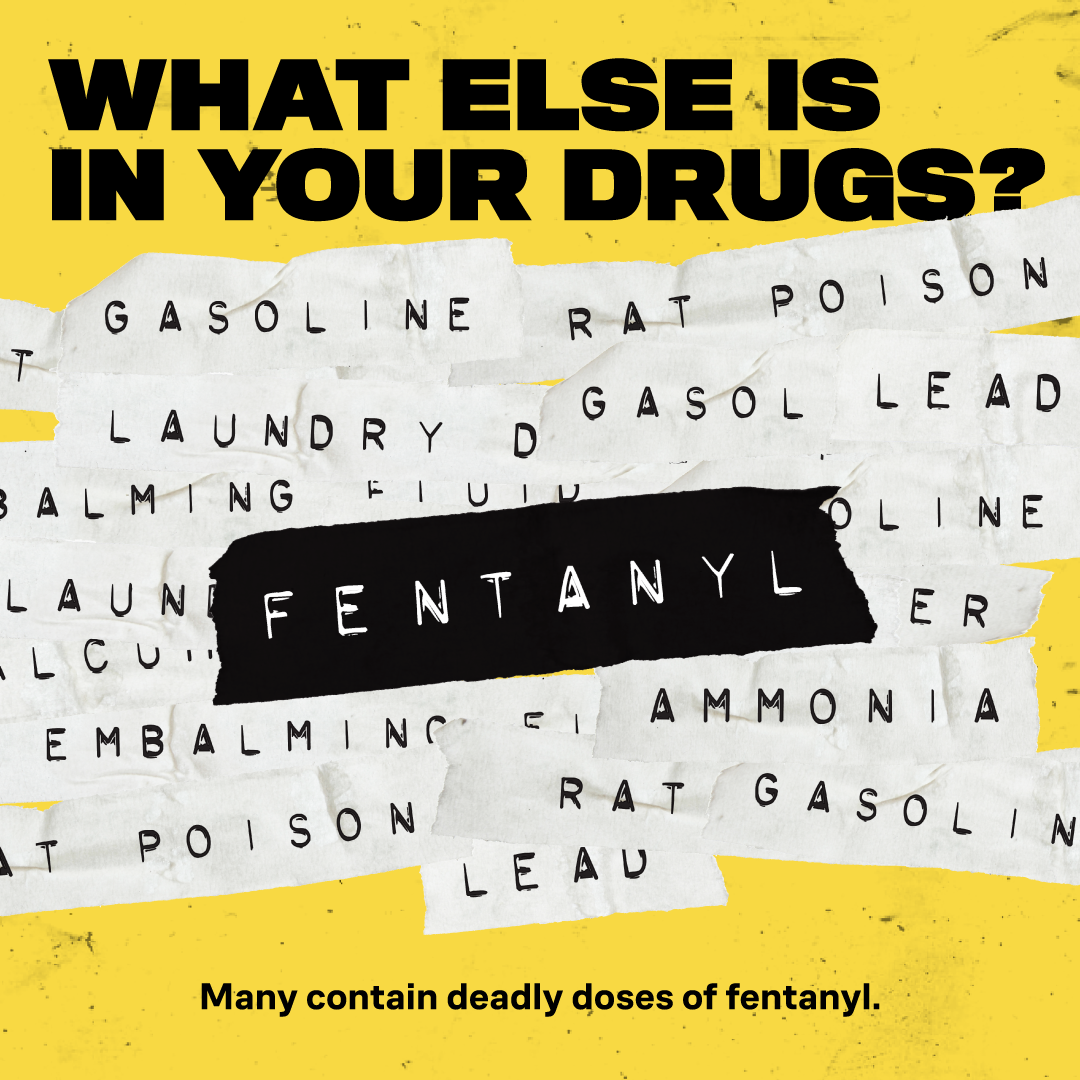
Educating communities about the dangers of fentanyl and the importance of overdose prevention is critical. Understanding the risks, recognizing the signs of an overdose, and knowing how to respond can save lives. Many people are unaware that fentanyl can be mixed into other substances, increasing the risk of accidental overdose. Having regular conversations with young people and loved ones about these dangers can help break the stigma around seeking help and encourage proactive safety measures.
Know What’s in Your Drugs.
Never take prescription pills that did not come from a pharmacy and weren’t prescribed to you. Be aware that pills obtained illegally might contain highly potent illegal drugs. Many people may be unaware that their drugs contain fentanyl. Drugs mixed with fentanyl are extremely dangerous.
Avoid mixing drugs. Whether intentional or not, mixing drugs like fentanyl, cocaine, opioids, and alcohol is never safe because the effects from combining drugs may be stronger, more unpredictable, and deadlier than one drug alone.
Naloxone (Narcan)
Due to fentanyl’s extreme potency and its prevalence in the illicit drug market, Naloxone (commonly known as Narcan) is a crucial, fast-acting medication that can quickly reverse opioid overdoses and save lives. Even a small amount of fentanyl can be lethal, and the presence of Narcan in emergency situations has proven to save lives. Narcan is an essential tool in reversing overdoses, particularly because fentanyl can be mixed with other drugs without the user’s knowledge, increasing the chances of an accidental overdose.
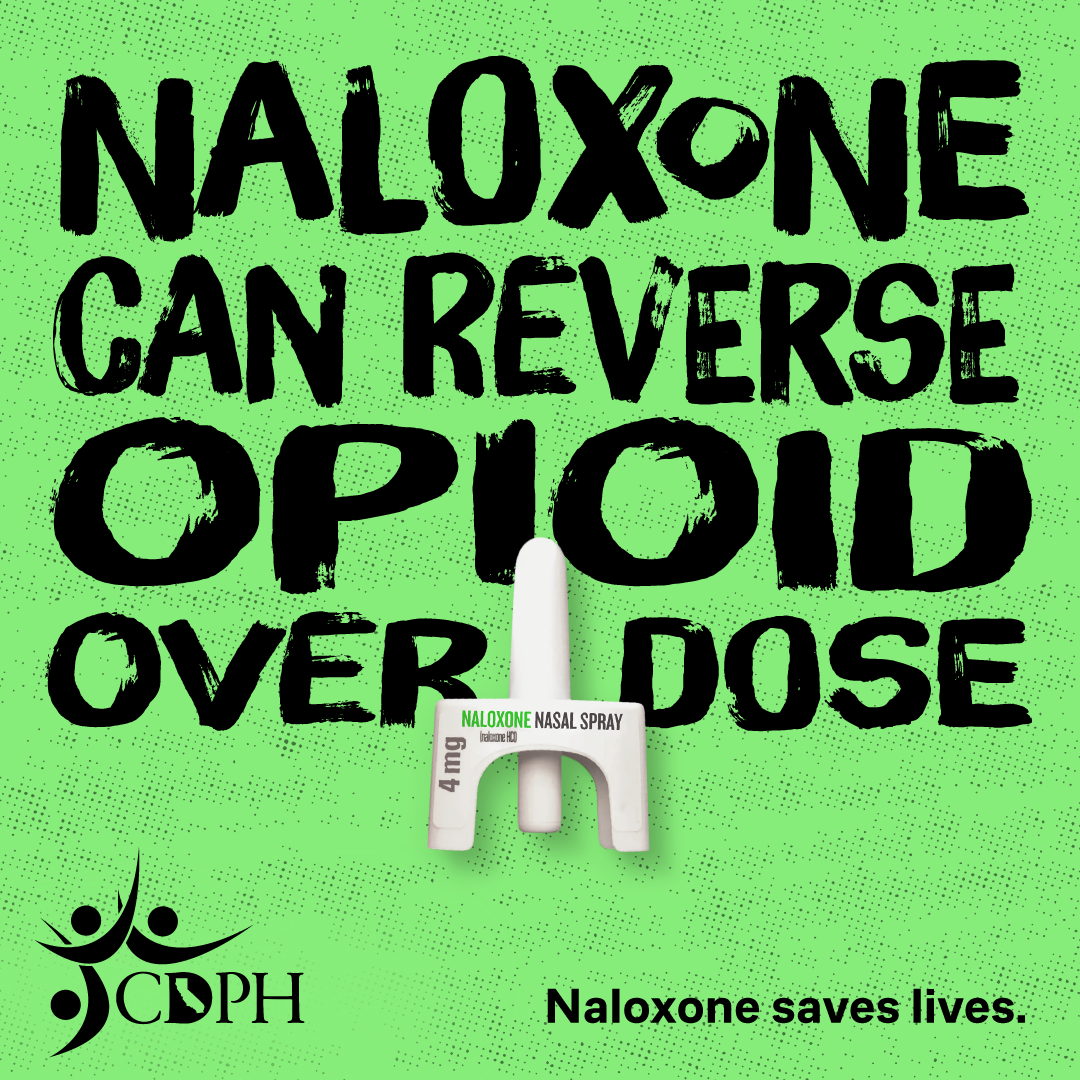
Carry Naloxone. Naloxone reverses opioid overdoses – including heroin, fentanyl, and prescription opioid medications, when given in time. It is safe and easy to use, and now available over the counter at pharmacies, convenience stores, grocery stores, gas stations, and online.
While first responders carry naloxone, they may not arrive in time—anyone, including bystanders and those at risk, can carry and use naloxone to save a life. Find Naloxone Near You
The County of San Diego’s Behavioral Health Services (BHS) Harm Reduction program provides tools and resources for distributing naloxone to community members and ensuring its effective use. For questions, please contact harmreduction@sdcounty.ca.gov.
Working Together to Prevent Overdose Tragedies
Although overdose deaths have slightly declined, the crisis is far from over. Expanding awareness, increasing access to Narcan, and fostering open conversations about substance use can make a lasting impact. By ensuring naloxone is available in schools, homes, and public spaces, we can provide life-saving interventions when they matter most. Together, we can continue to reduce overdose fatalities and protect individuals who are at risk, giving them a chance at recovery and a healthier future.
Recognize the signs of an overdose.
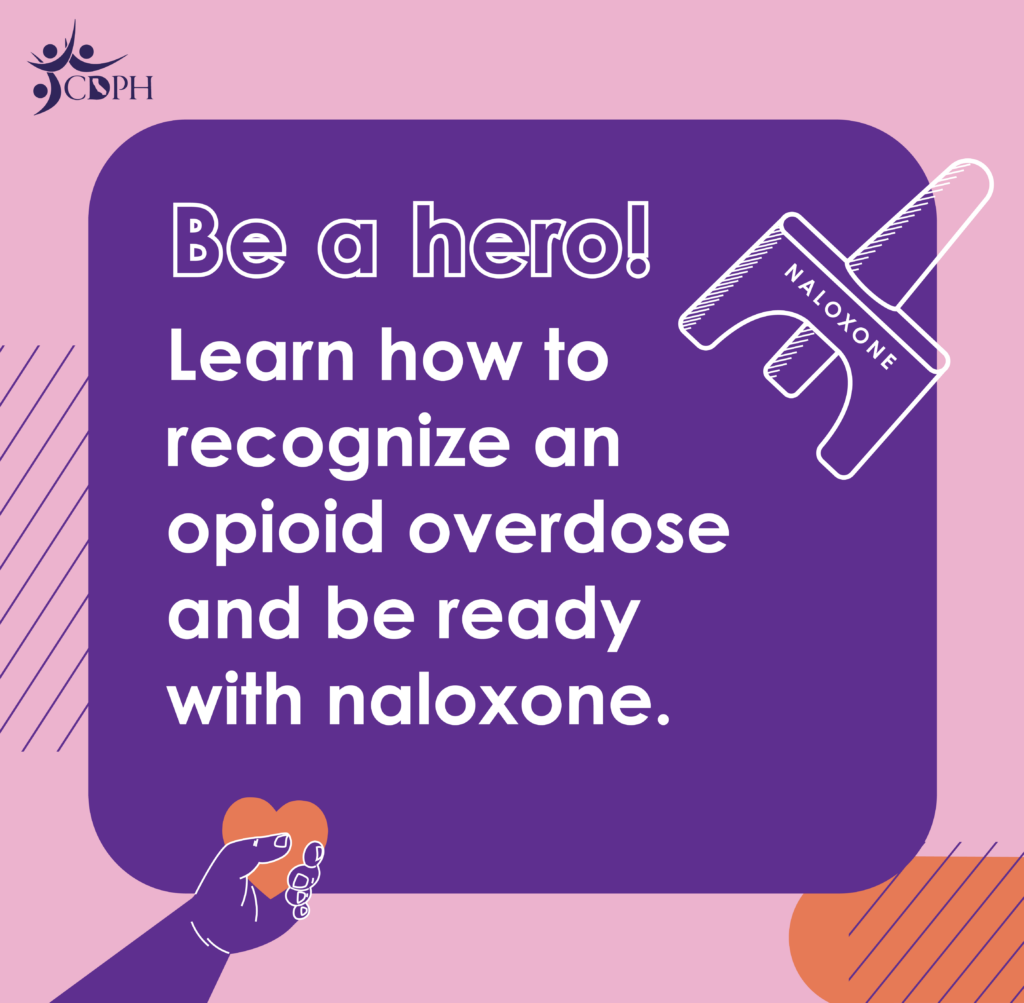
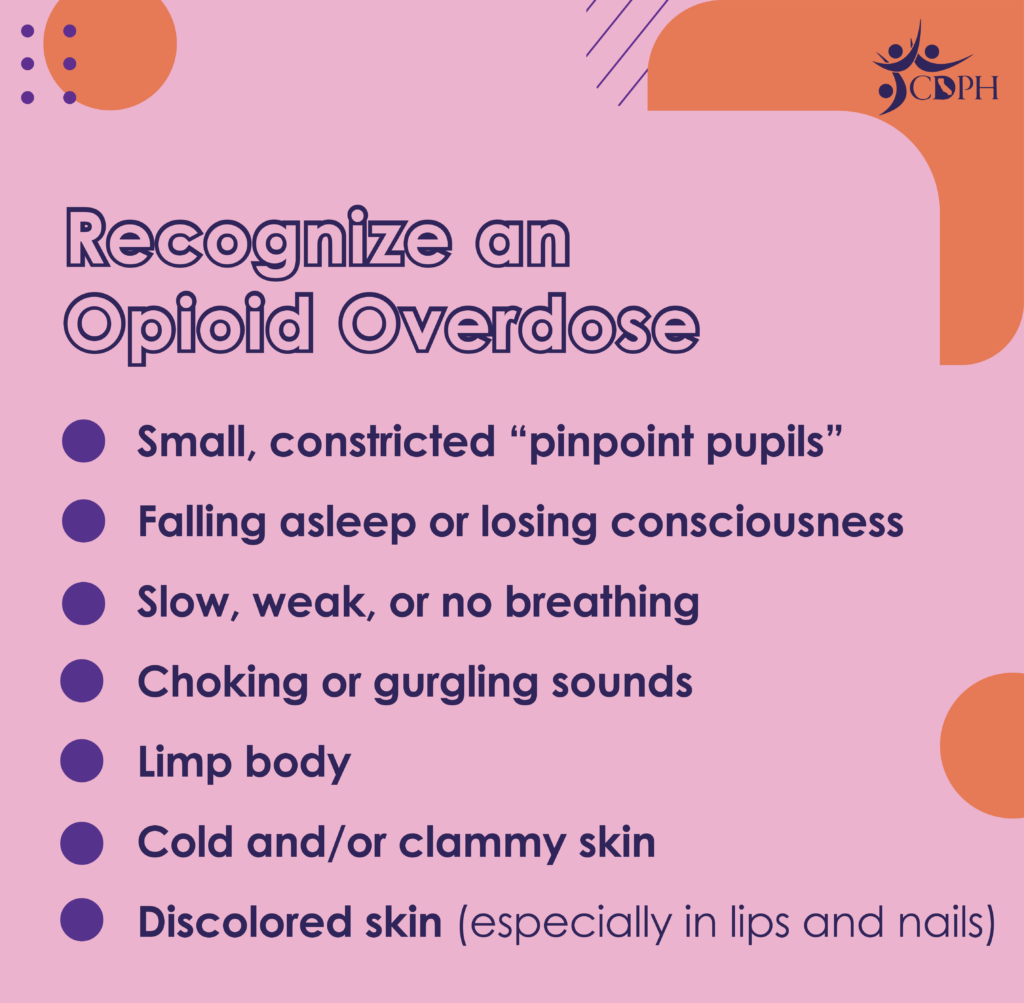
Use Fentanyl Test Strips (FTS) Fentanyl test strips (FTS) are affordable ($1 each), reliable, and provide results in about five minutes. Since fentanyl is undetectable by sight, smell, or taste, FTS can be lifesaving. These small paper strips detect fentanyl in various drugs (cocaine, meth, heroin) and forms (pills, powder, injectables), helping individuals and communities reduce overdose risks. For accuracy, always mix the substance thoroughly before testing to avoid the “chocolate chip cookie effect.”
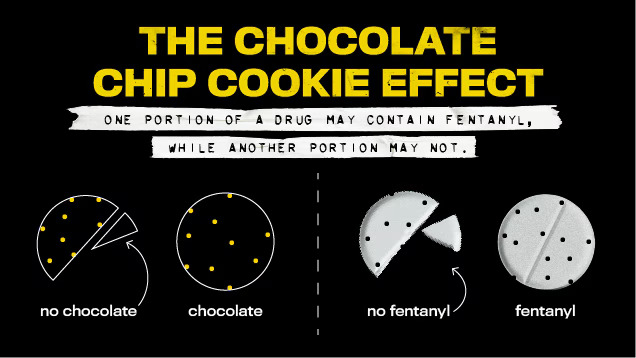
Visual example of the “chocolate chip cookie effect” when testing a drug for fentanyl. Image source: CDC
**Even if the test is negative, caution should be taken, as (a) false-positives can occur if high concentrations of certain nonopioid drugs are not properly diluted, (b) test strips may not detect other fentanyl-like drugs, like carfentanil, and (c) the portion of drug tested may not contain the same concentration of fentanyl as the rest of the sample.
Have regular conversations with teens, young people, and loved ones about the dangers of fentanyl, drug mixing, and overdose response can increase awareness and save lives.
Educating them on the risks, recognizing overdose signs, and knowing how to act—such as calling for help and using naloxone—reduces stigma and encourages them to seek support.
Creating a judgment-free space empowers individuals to make informed choices, look out for one another, and foster a culture of safety and care.

Worried About Your Friend? A Guide: Starting the Conversation (PDF) includes conversation starters for talking to a friend who is showing signs of substance misuse. Source: SAMHSA